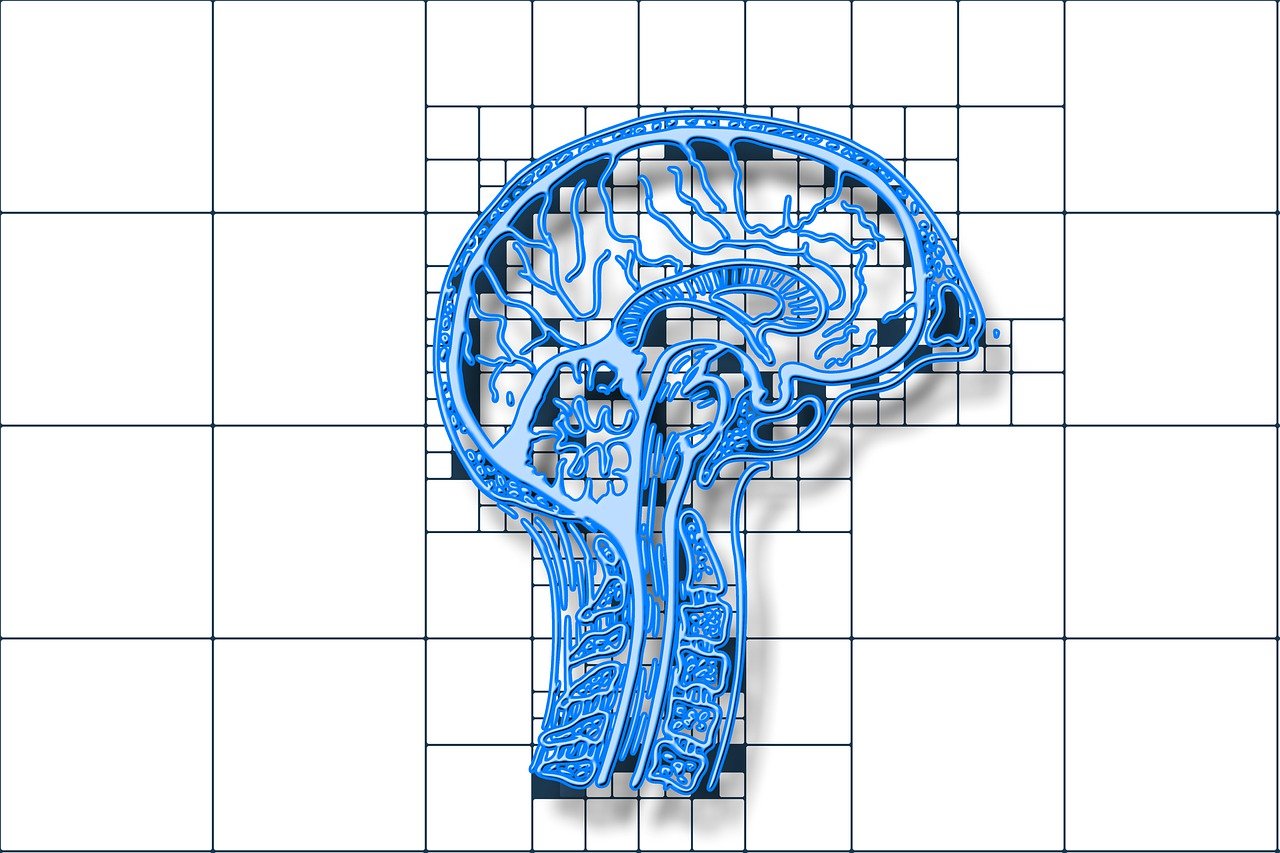Table of Contents
![]()
Introduction
Memory is a fundamental aspect of human cognition, enabling us to encode, store, and retrieve information essential for daily functioning. It underpins our ability to learn, make decisions, and navigate our social world. Memory can be categorized into various types, such as short-term versus long-term memory and implicit versus explicit memory, each playing distinct roles in our mental processes.
Theories and Models of Memory
Several theories and models help us understand how memory works, each providing insights into different aspects of memory processing.
Atkinson-Shiffrin Model
The Atkinson-Shiffrin model, also known as the multi-store model, is one of the earliest and most influential models of memory. It proposes that memory operates through three distinct stages:
- Sensory Memory: This is the initial stage where sensory information is briefly held in its raw form. For instance, iconic memory retains visual stimuli for a fraction of a second, while echoic memory holds auditory information for a few seconds.
- Short-Term Memory (STM): Information that captures our attention moves from sensory memory to STM, which holds a limited amount of information (about seven items) for a short duration (around 15-30 seconds). Techniques such as rehearsal can extend this duration.
- Long-Term Memory (LTM): Information that is encoded and rehearsed in STM can be transferred to LTM, which has a seemingly unlimited capacity and can store information for extended periods.
Baddeley and Hitch’s Model of Working Memory
Expanding on the Atkinson-Shiffrin model, Baddeley and Hitch introduced the concept of working memory, a more dynamic system for processing and manipulating information. This model comprises:
- Central Executive: The central executive oversees and coordinates the activities of the two subsystems and integrates information from LTM.
- Phonological Loop: This subsystem handles verbal and auditory information, crucial for language processing and short-term retention of verbal information.
- Visuospatial Sketchpad: This component manages visual and spatial information, helping us visualize and manipulate objects in our mind.
- Episodic Buffer: Added later to the model, this subsystem integrates information from the phonological loop, visuospatial sketchpad, and LTM into a coherent sequence.
Levels of Processing Theory
The Levels of Processing Theory, proposed by Craik and Lockhart, suggests that the depth at which information is processed affects how well it is remembered.
- Shallow Processing: Involves a basic level of encoding, such as focusing on superficial characteristics (e.g., the appearance of words).
- Deep Processing: Involves a more meaningful analysis, such as relating new information to existing knowledge, which enhances recall and retention.
Semantic Memory Theory
Semantic memory theory focuses on the organization and structure of knowledge. Semantic memory refers to our store of general world knowledge and concepts, organized in networks of related ideas. This network helps us retrieve information based on associations and context.
Neurobiological Basis of Memory
Memory formation and retrieval are rooted in complex neurobiological processes involving various brain structures and neurotransmitters.
Brain Structures Involved
- Hippocampus: Crucial for forming new memories and consolidating information from STM to LTM. Damage to the hippocampus can lead to difficulties in forming new memories, a condition known as anterograde amnesia.
- Amygdala: Involved in emotional processing and memory. It helps encode memories with emotional significance, such as fear or pleasure.
- Prefrontal Cortex: Plays a key role in working memory and executive functions, such as planning and decision-making.
- Temporal Lobes: Important for processing auditory information and contributing to memory formation.
Neurotransmitters and Hormones
- Glutamate: The primary excitatory neurotransmitter involved in synaptic plasticity, which underlies learning and memory.
- Acetylcholine: Essential for attention and memory formation, with deficits linked to conditions like Alzheimer’s disease.
- Stress Hormones: Cortisol can impact memory function, with chronic stress potentially impairing memory and cognitive performance.
Synaptic Plasticity
Synaptic plasticity refers to the ability of synapses to strengthen or weaken over time, which is fundamental for learning and memory.
- Long-Term Potentiation (LTP): A process where repeated stimulation of a synapse leads to a long-lasting increase in synaptic strength, facilitating memory formation.
- Long-Term Depression (LTD): A process that reduces synaptic strength, which may be involved in memory loss and forgetting.
Memory Processes
Memory involves several key processes, each critical for effective functioning.
Encoding
Encoding is the process of converting information into a form that can be stored in memory. Effective encoding is influenced by:
- Attention: Focused attention is necessary for transferring information from sensory memory to STM.
- Techniques: Strategies such as chunking, mnemonics, and elaborative rehearsal can enhance encoding efficiency.
Storage
Information stored in LTM can be categorized into:
- Episodic Memory: Personal experiences and specific events.
- Semantic Memory: General world knowledge and facts.
- Procedural Memory: Skills and procedures, such as riding a bike or playing an instrument.
Consolidation
Consolidation refers to the process by which encoded information becomes stable in LTM. This process involves synaptic changes and can be influenced by factors such as sleep and rehearsal.
Retrieval
Retrieval is the process of accessing stored information. Effective retrieval relies on:
- Retrieval Cues: Contextual or associative prompts that help access stored memories.
- Context and State-Dependent Memory: The ability to recall information more effectively when in the same context or state as when the information was encoded.
Forgetting
Forgetting can occur due to various factors:
- Decay Theory: Suggests that memories fade over time if not reinforced.
- Interference Theory: Proposes that new information can interfere with the retrieval of existing memories.
Amnesia, a significant memory loss condition, can be classified into:
- Retrograde Amnesia: Loss of memories formed before a specific event.
- Anterograde Amnesia: Difficulty in forming new memories after an event.
Memory Distortions and Errors
Memory is not always a perfect record of events. Distortions and errors can impact the accuracy of our recollections.
False Memories
False memories occur when individuals recall events that did not happen or remember them differently from how they occurred. Factors influencing false memories include suggestibility, misinformation, and the power of imagination.
Memory Bias
- Hindsight Bias: The tendency to see events as having been predictable after they have occurred.
- Confirmation Bias: The inclination to interpret information in a way that confirms pre-existing beliefs.
The Misinformation Effect
The misinformation effect describes how exposure to incorrect information can alter a person’s memory of an event, highlighting the malleability of memory.
Memory and Aging
Memory undergoes changes as we age, impacting cognitive function and daily life.
Normal Age-Related Decline
- Cognitive Changes: Normal aging often leads to slower information processing and difficulties with recall, particularly with episodic memory.
- Cognitive Reserve: Individual differences in cognitive reserve, or the brain’s resilience, can influence the extent of memory decline.
Neurodegenerative Diseases
- Alzheimer’s Disease: Characterized by progressive memory loss and cognitive decline due to the accumulation of amyloid plaques and tau tangles in the brain.
- Other Dementias: Conditions like vascular dementia and Lewy body dementia also affect memory and cognitive functions, each with distinct underlying mechanisms.
Applications and Implications
Understanding memory has practical applications across various fields, from education to clinical interventions.
Educational Strategies
- Enhancing Learning: Techniques such as spaced repetition, active learning, and retrieval practice can improve memory retention and academic performance.
- Study Habits: Effective study habits, including organization and regular review, support better memory and learning outcomes.
Clinical Interventions
- Cognitive Behavioral Therapy (CBT): Used to address memory issues related to stress and mental health conditions.
- Pharmacological Treatments: Medications, such as cholinesterase inhibitors, can help manage symptoms of memory-related disorders like Alzheimer’s disease.
Memory Enhancement Technologies
- Memory Aids: Tools such as digital reminders and organizational apps assist in managing daily tasks and information.
- Brain Training Programs: Cognitive training programs aim to improve memory and cognitive functions, although their long-term effectiveness is debated.
Conclusion
The science of human memory is a multifaceted field encompassing theoretical models, neurobiological mechanisms, memory processes, and practical applications. As research continues to advance, our understanding of memory and its complexities will deepen, offering new insights and potential interventions for enhancing cognitive health and addressing memory-related challenges.
Share This





Be the first to comment